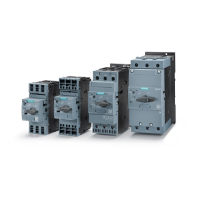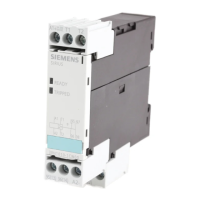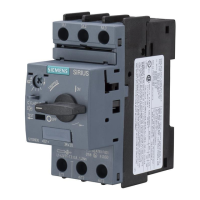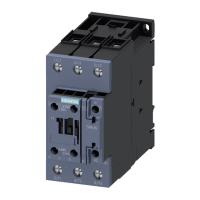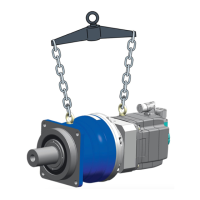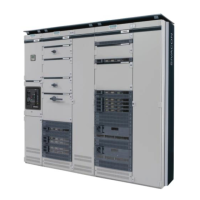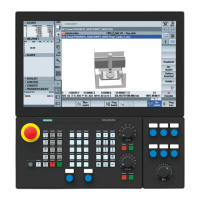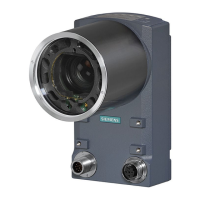SIRIUS 3RF34 solid-state switching devices
3.4 Functions
SIRIUS Innovations
System Manual, 01/2011, A8E56203870002-03
327
3.4 Functions
Performance features
The performance of the solid-state switching devices is essentially determined by the type of
power semiconductors used and the internal design. In the case of SIRIUS solid-state
contactors and solid-state relays, only thyristors are used in place of less powerful TRIACs.
Two of the most important features of thyristors are the blocking voltage and the maximum
load integral.
Blocking voltage
Thyristors with a high blocking voltage can also be operated without difficulty in networks
with high interference voltages. Separate protective measures, such as a protective circuit
with a varistor, are not necessary in most cases.
For example, in the case of SIRIUS solid-state switching devices, thyristors with a blocking
voltage of 800 V are fitted for operation in networks up to 230 V. Thyristors with up to 1600 V
are used for networks with higher voltages.
Maximum load integral
One of the purposes of specifying the maximum load integral (I²t) is to determine the rating
of the short-circuit protection. Only a large power semiconductor with a correspondingly high
I²t value can be given appropriate protection against destruction from a short circuit in the
form of a protective device matched to the application. However, SIRIUS solid-state
switching devices are also characterized by the optimum matching of the thyristors (I²t value)
to the rated currents. The rated currents specified on the devices according to
DIN EN 60947-4-2 have been confirmed by extensive testing.
Increased switching service life
Compared with conventional switching devices, solid-state switching devices have an
extremely long switching service life:
Table 3- 5 Comparison of conventional switching devices with solid-state switching devices
Characteristic Conventional switching devices Solid-state switching devices
Switching service life 1 to 3 million operating cycles More than 100 million operating
cycles
Power loss Low High
Control power High Low
Shock/vibration resistance Average Very high
Noise development Average None
Electrical isolation Given None
Arcing Given None
Reference
More information ... Can be found in the chapter titled
About the performance features of solid-state
switching devices
Technical data (Page 350)

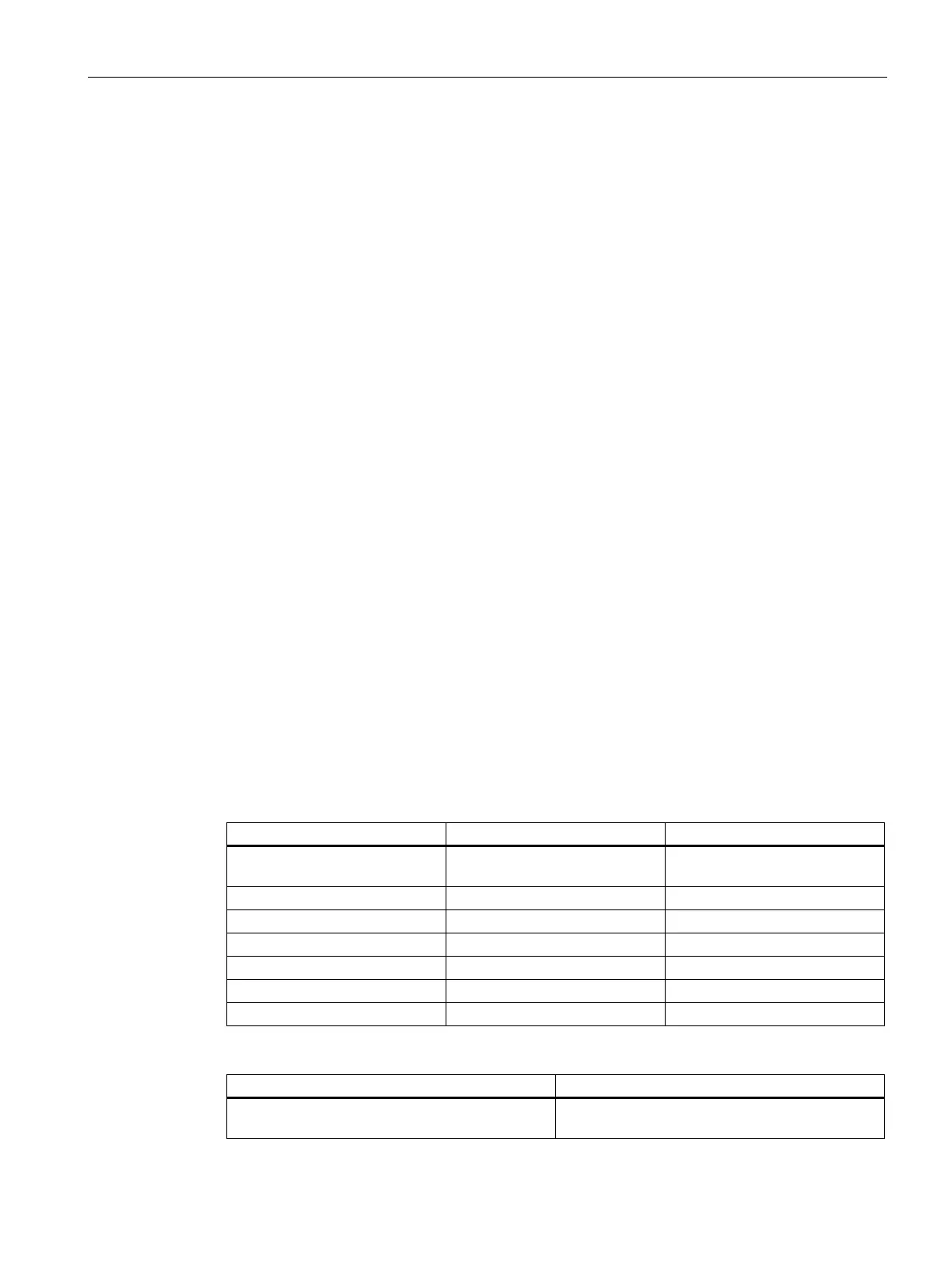